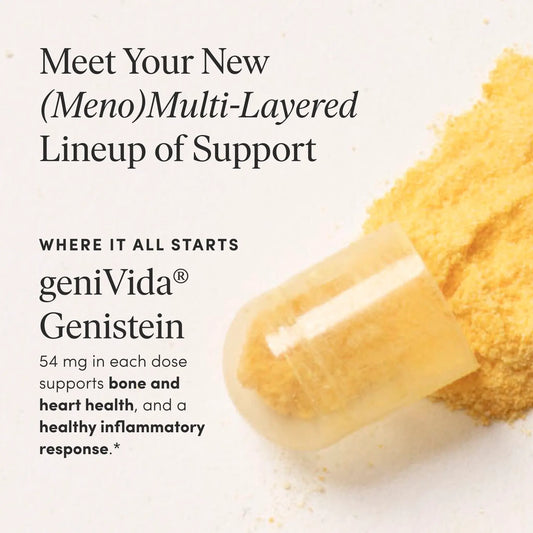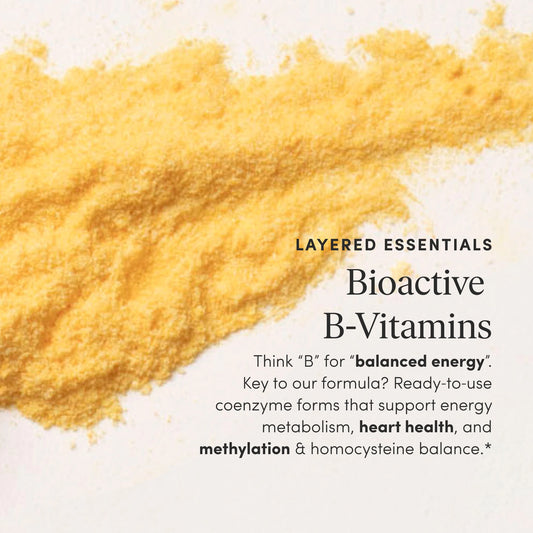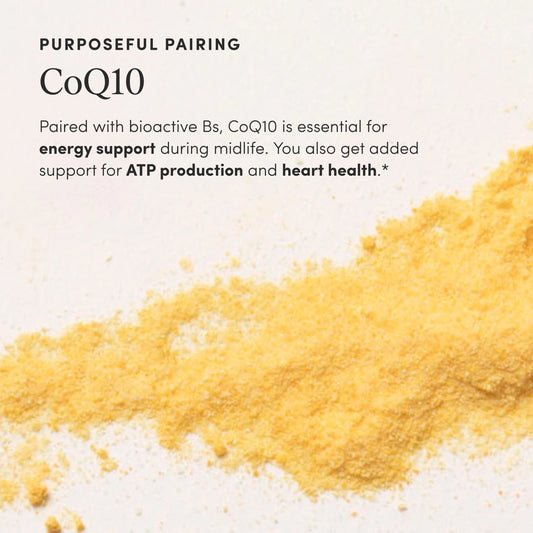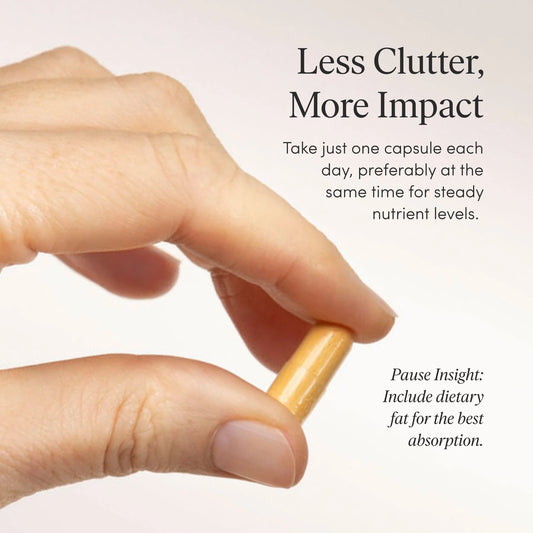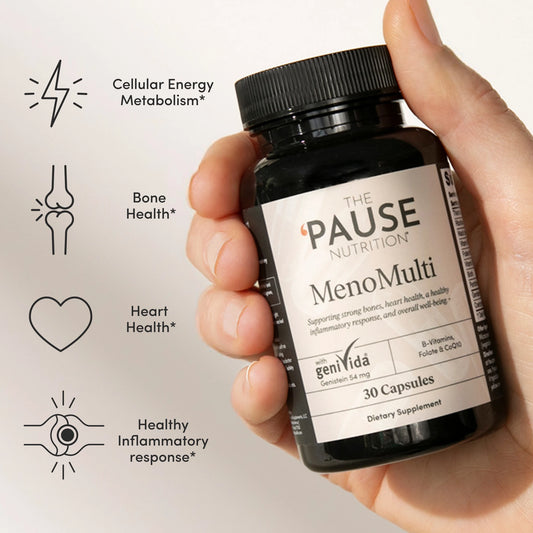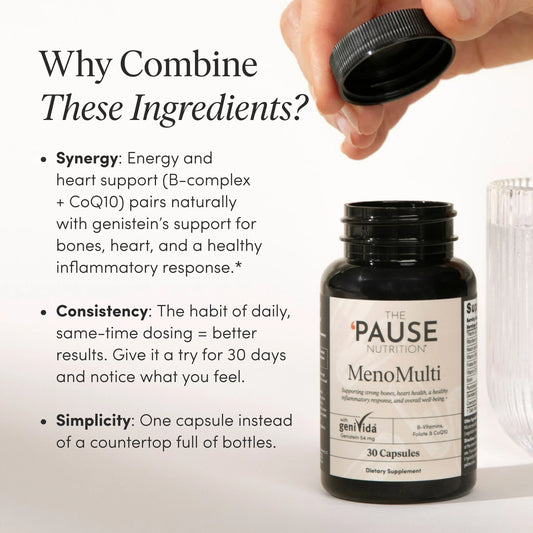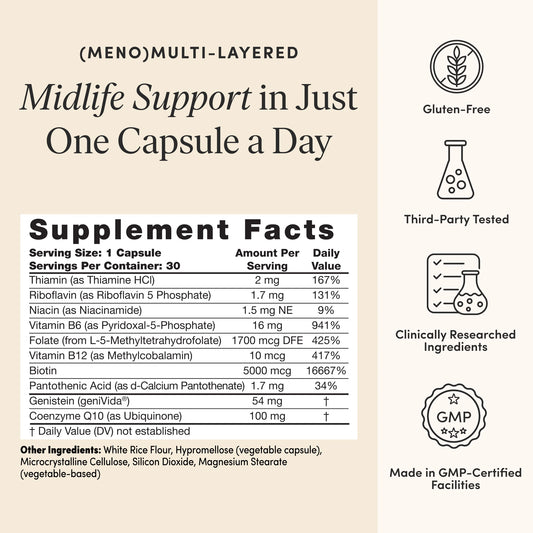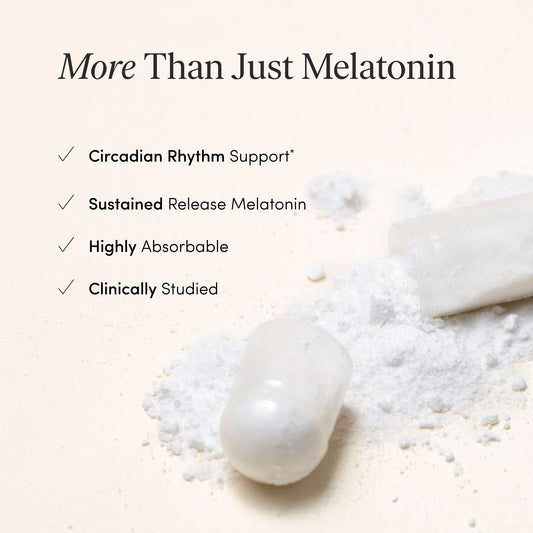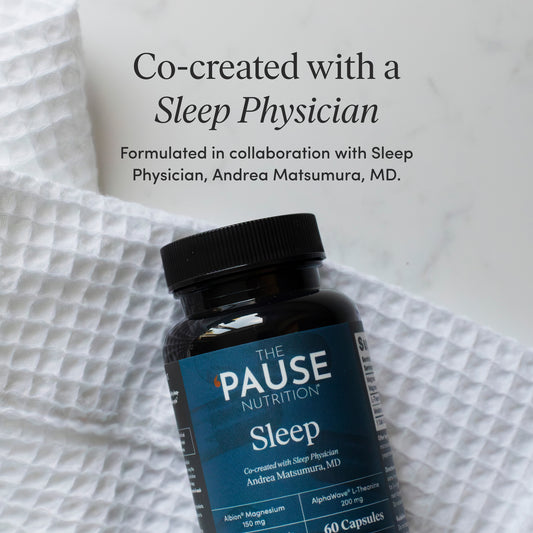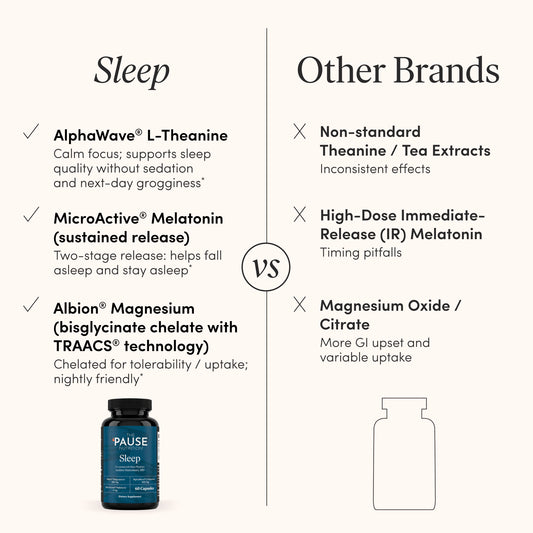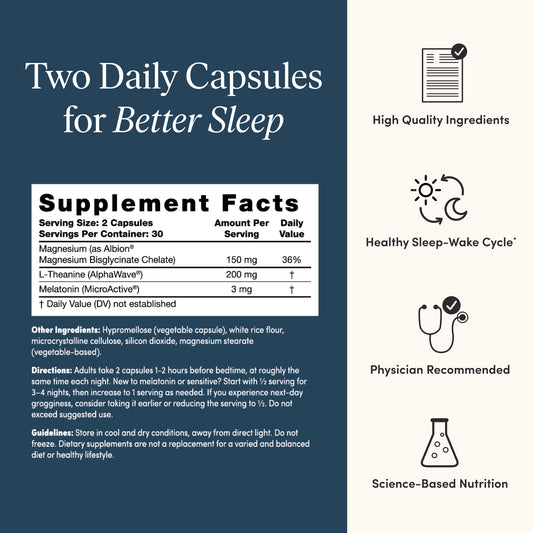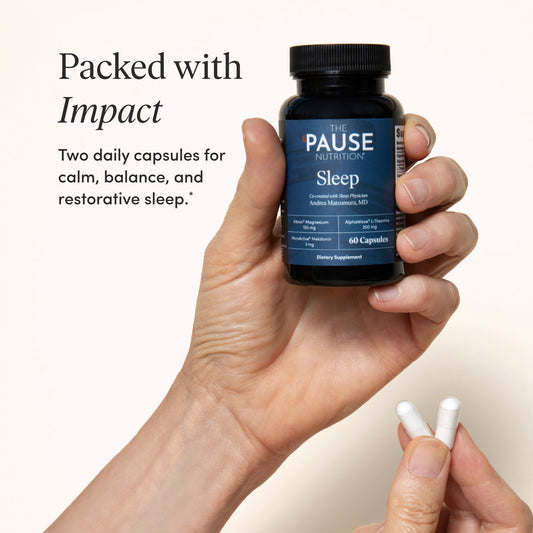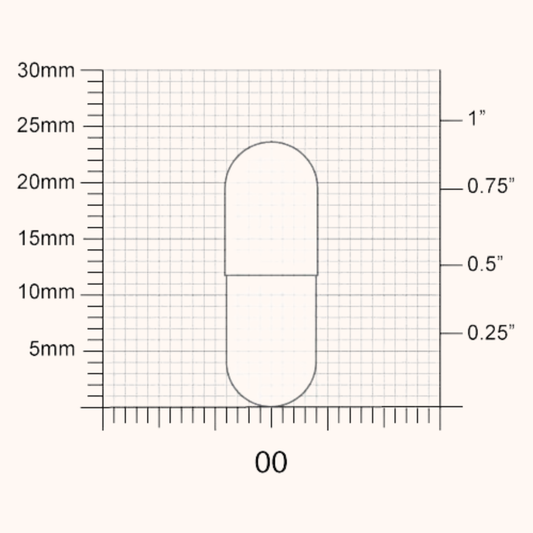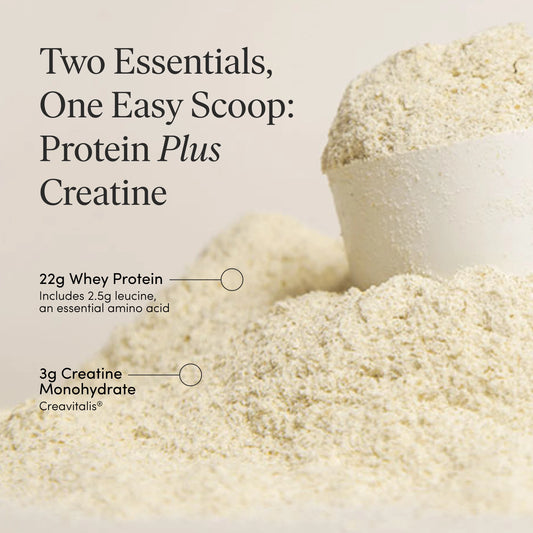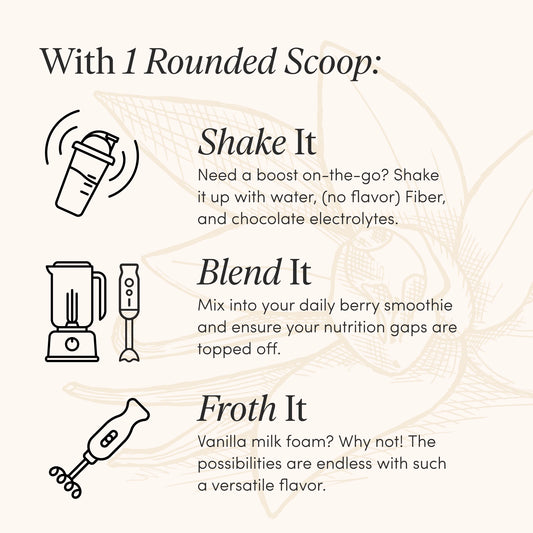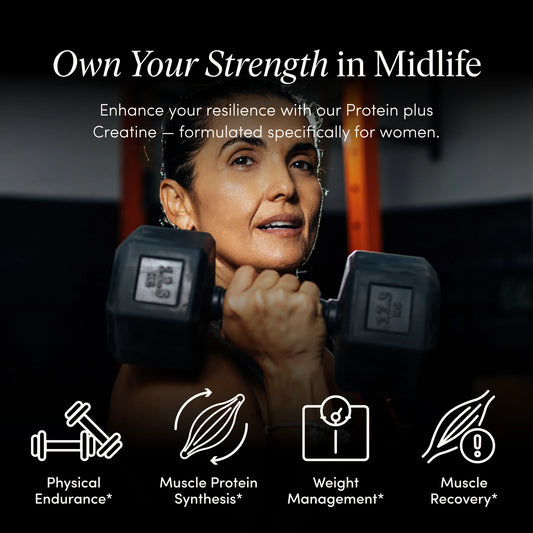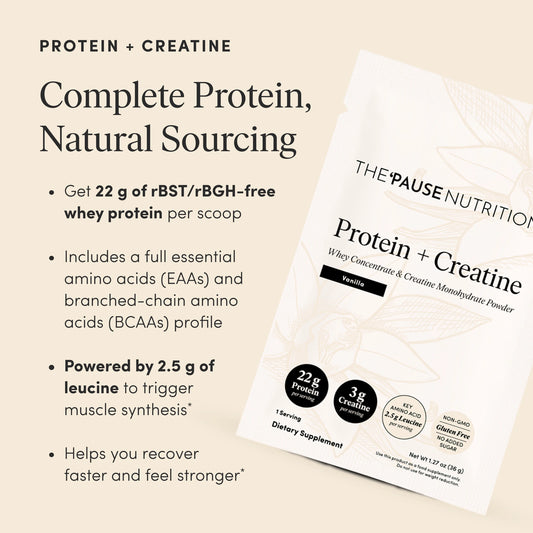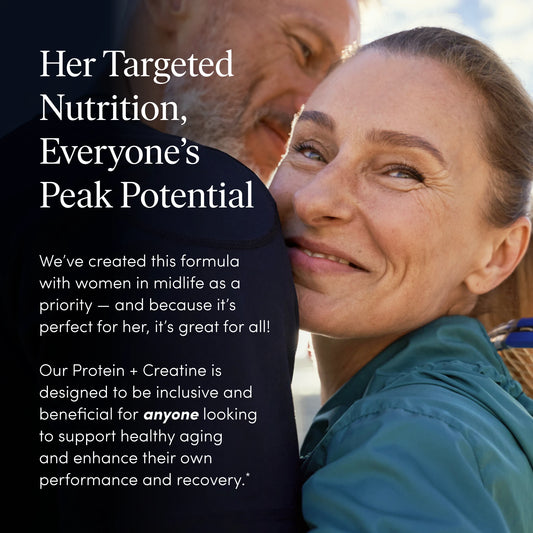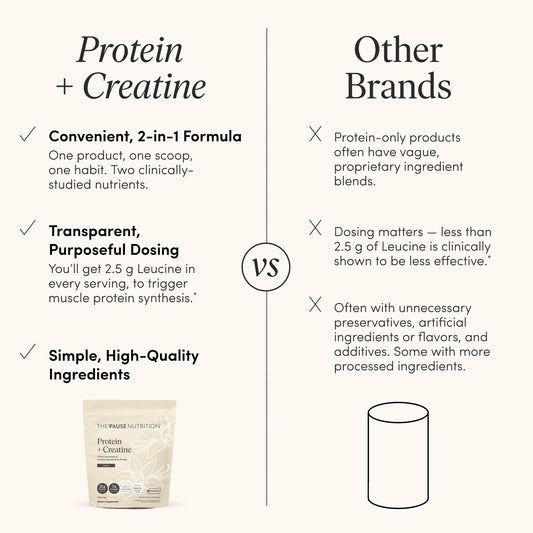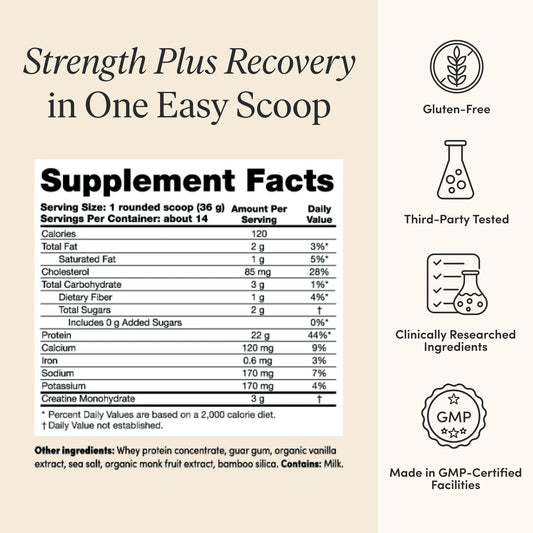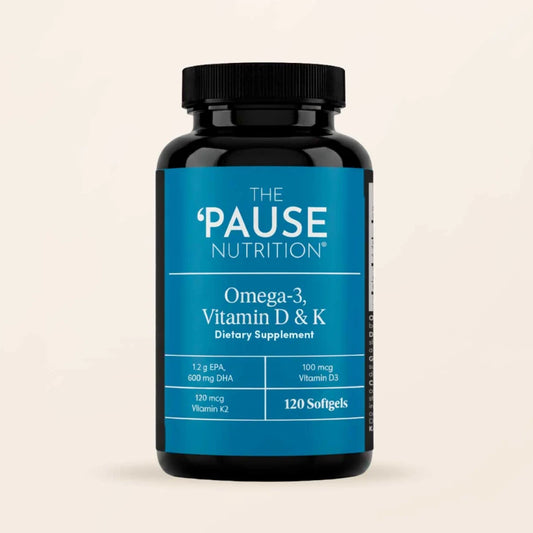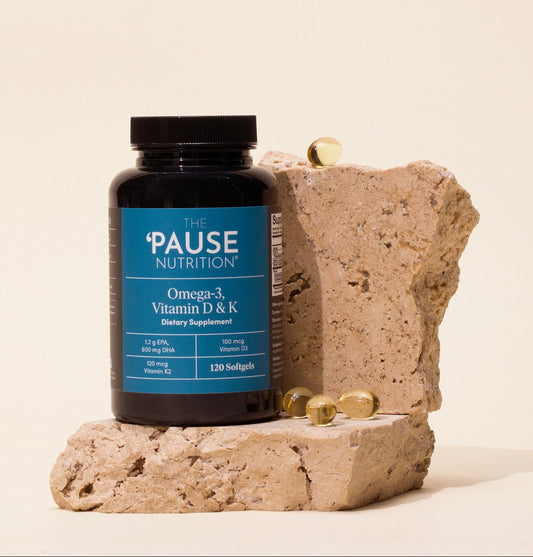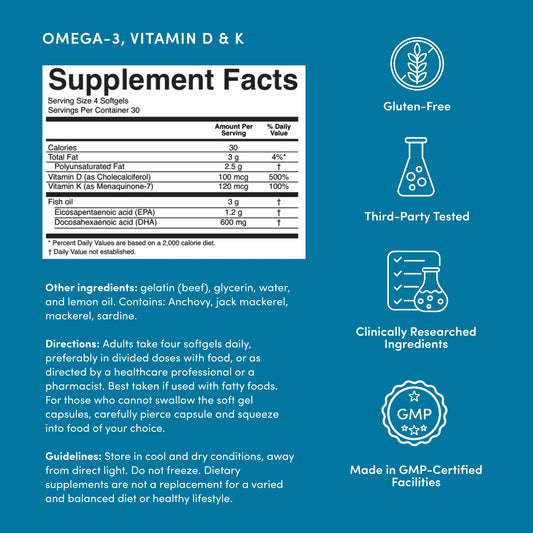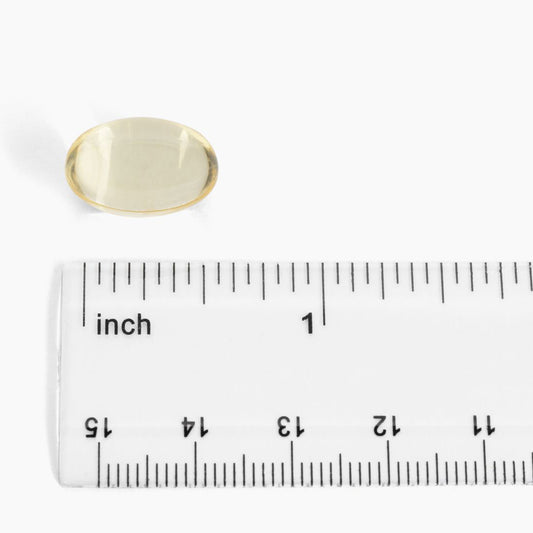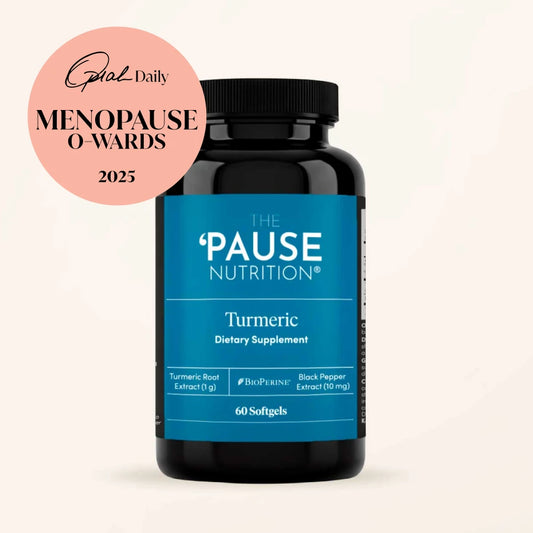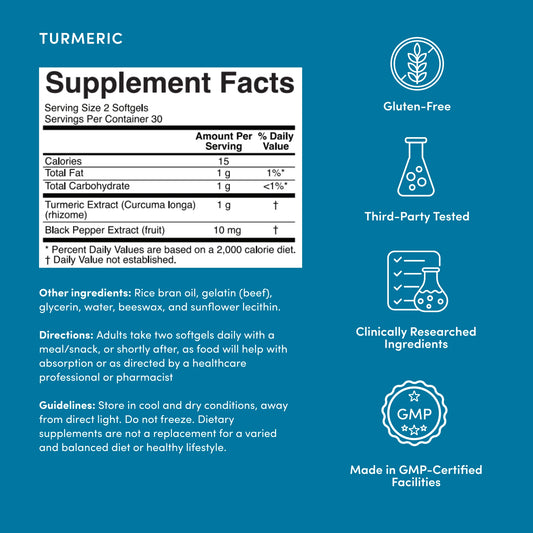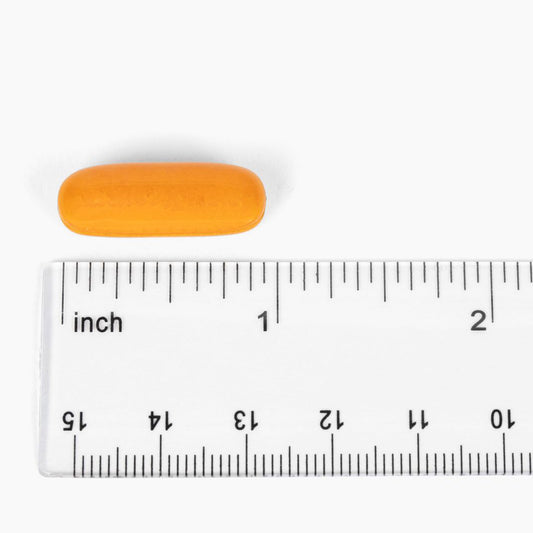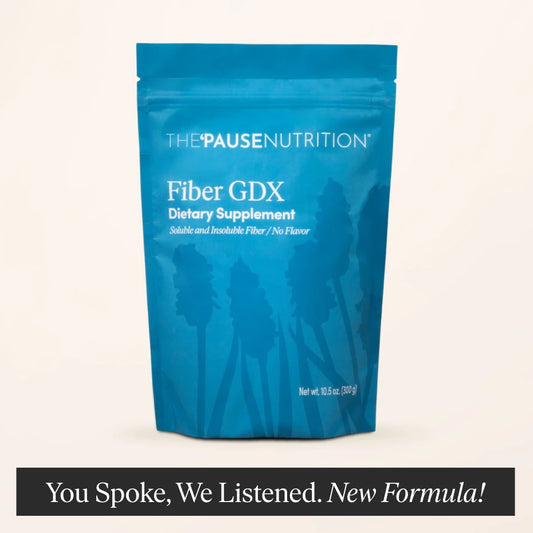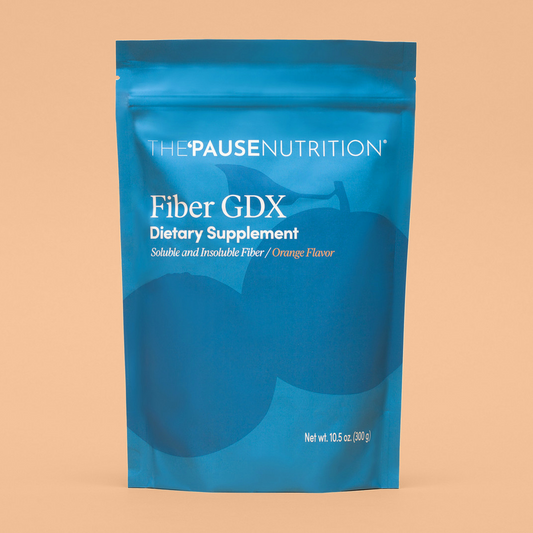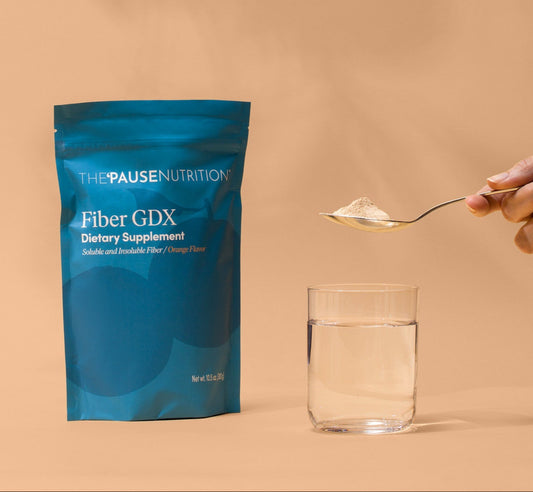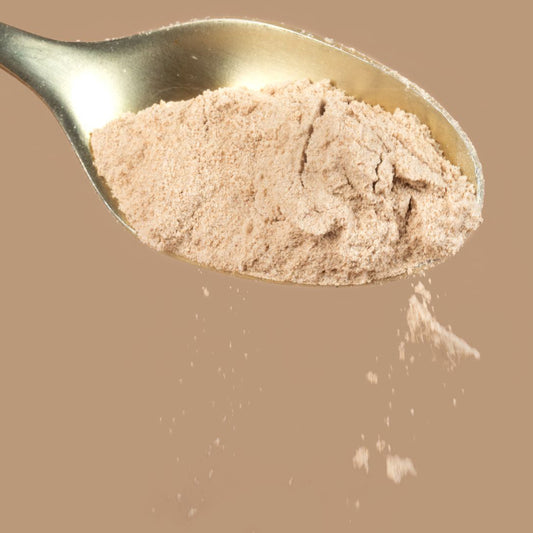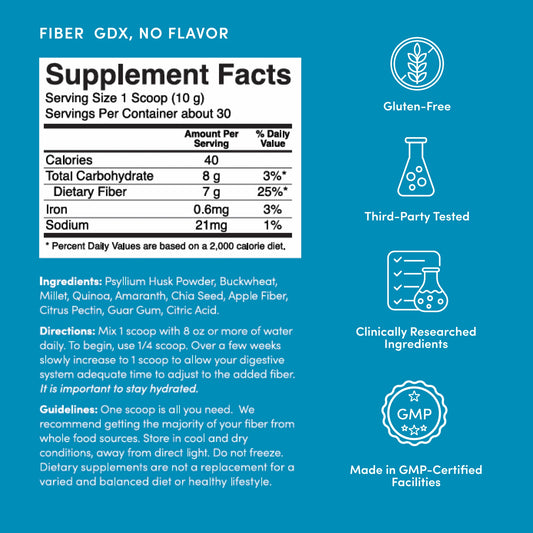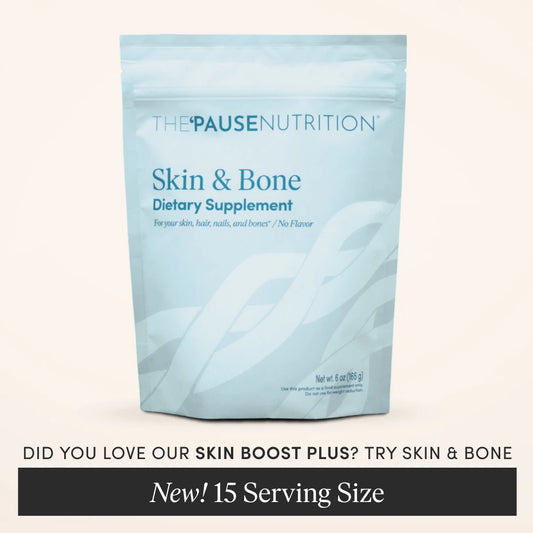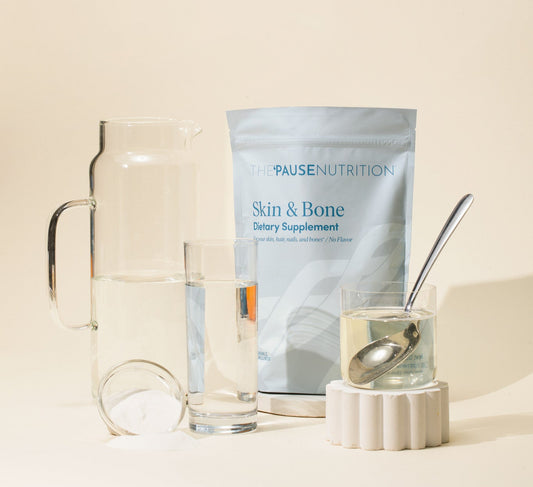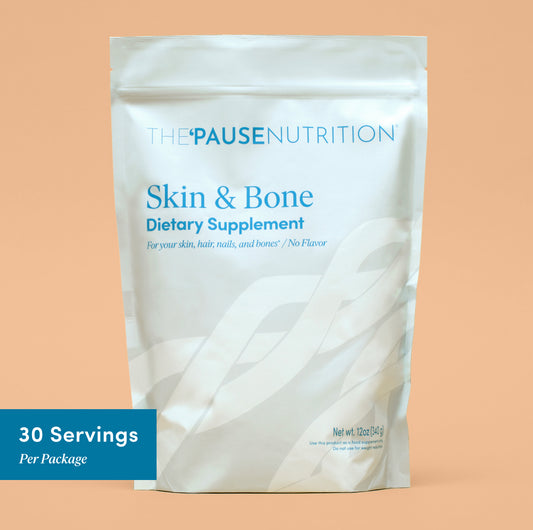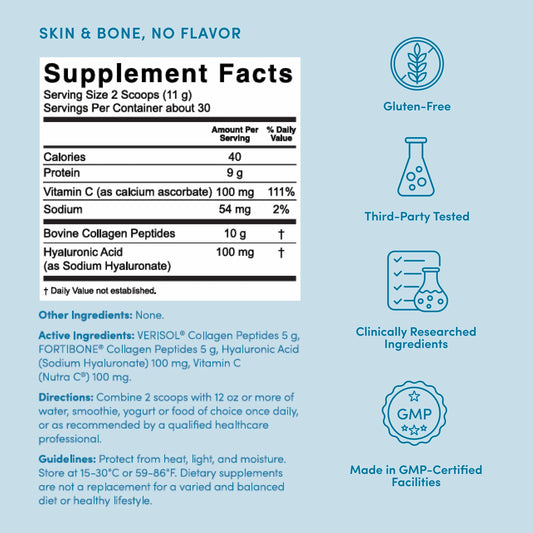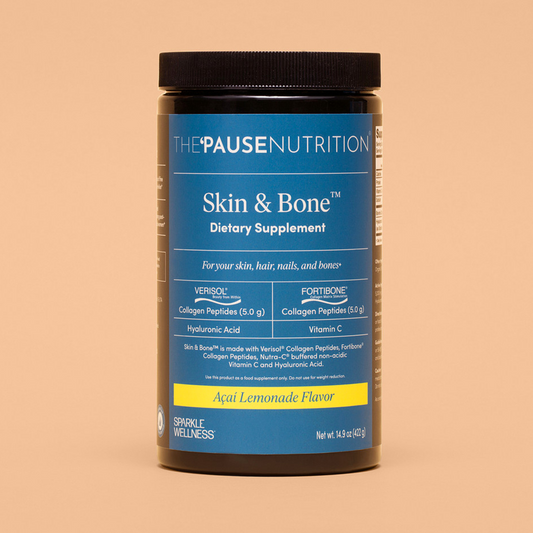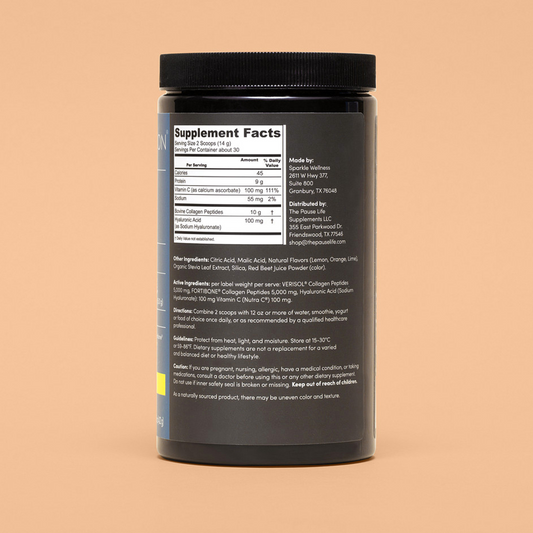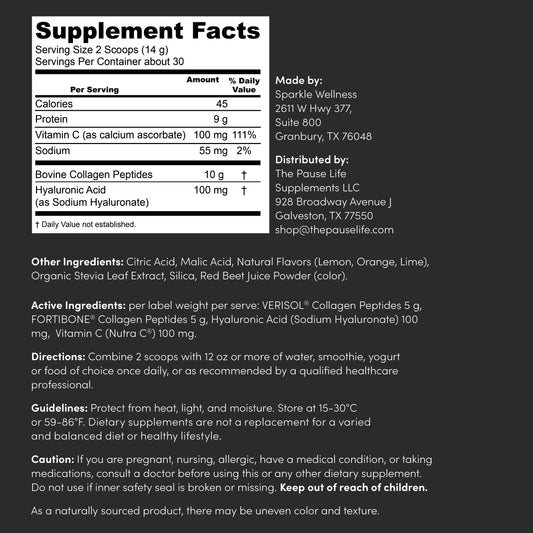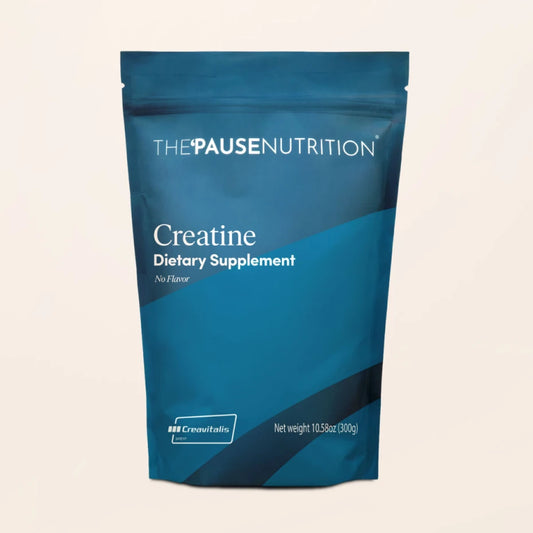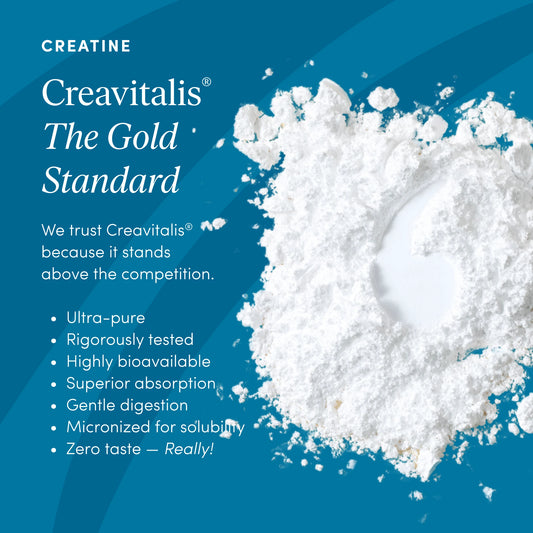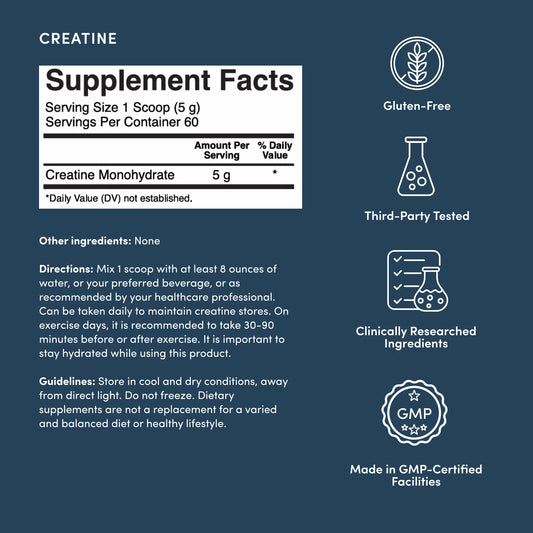Weighted Vests for Bone and Muscle Strength

Share
What is a Weighted Vest and Why Should I Use One?
As we age, maintaining strong bones and muscles becomes increasingly important. Women experiencing the hormonal decline associated with menopause are at a higher risk of osteoporosis and muscle loss, and these age-related changes can lead to a variety of health concerns, including an increased risk of fractures, falls, and a loss of independence. However, one simple and effective tool that may help to combat these challenges is incorporating a weighted vest into your lifestyle and movement practice.
Weighted vests are specialized pieces of clothing designed to add extra weight to your body during exercise. By adding a weighted vest into your fitness routine, you can reap a multitude of benefits, ranging from stronger bones12, increased muscle mass3 and endurance to improve overall strength.4
Whether you're looking to build stronger bones, enhance your muscle strength, or maintain overall physical function, a weighted vest can be a valuable addition to your routine. Keep reading and we'll explore the numerous advantages of wearing a weighted vest and we’ll learn some practical tips for using it effectively.
What are the Benefits of Wearing a Weighted Vest?
Weighted vests are a simple yet effective tool for building bone and muscle strength. These vests are designed to add extra weight to your body during exercise or other activities, creating additional resistance and challenging your muscles to work harder.
One of the primary benefits of wearing a weighted vest is maintaining bone density and strength5. As we age, our bones can become weaker and more susceptible to fractures, especially in women during the in menopause experiencing a decline in estrogen levels. By adding extra weight to your body during weight-bearing exercises like walking or strength training, you create a greater impact force on your bones, stimulating them to grow stronger and denser6. This may help to reduce the risk of osteoporotic fractures.
In addition to improving bone health, weighted vests can also enhance muscle strength and endurance7. The added resistance the vest provides forces your muscles to work harder during exercises and other activities including household chores, leading to increased muscle activation and growth. This is particularly helpful for women in the menopause transition, as they often experience age-related muscle loss, which can impact mobility, balance, and overall physical function.
Choosing the right weighted vest is critical for maximizing its benefits and ensuring your safety. Look for vests that fit snugly and distribute the weight evenly across your body. Adjustable weights allow you to gradually increase the resistance as you become stronger. Additionally, opt for breathable materials that wick away moisture, keeping you comfortable during your workouts. Rather than adjustable weights, as my husband and I share the vests, we opted for a few vests of varying weights. You can find some of our other favorite fitness equipment, including wrist and ankle weights, here.
Choosing a Vest:
- Comfort is key: Look for a vest that fits snugly but allows for good movement. It shouldn't restrict your breathing or feel bulky.
- Consider Weight adjustability: Choose a vest where you can add or remove weights in small increments (like 1/2 pound or less). This allows you to gradually increase the challenge.
- Starting weight: Most studies recommend starting with a vest weight of 5% - 10% of your body weight8,9,10. For example, if you weigh 150 pounds, a good starting weight would be 7.5 pounds.
Adding Weight:
- Start slow: Gradually increase the weight by 1-2% of your body weight every 2 weeks. This allows your muscles to adapt without getting sore or injured.
- For example, if you weigh 150 pounds, a good increase in weight would be about 1.5 pounds every 2 weeks.
- Be sure to stay hydrated and allow time for recovery. I love to add LMNT and creatine to my workout water bottle and I look forward to using a sauna blanket or red light therapy to support my recovery.
- Work your way up to a maximum total weight of around 10% of your body weight: Most studies used a maximum weight of 10% of body weight, with one study aiming for a max of 15% of body weight 11. However, adjust the increase based on how you feel.
- If you weigh 150 pounds, the maximum weighted vest you should work up to would be 15 pounds.
- Slow down at higher weights: As the weight gets heavier, you might need to slow down your exercises or activity to maintain good form.
- Take breaks: Studies often included periods with lower weight (like "valleys") for recovery. Don't be afraid to take rest days or wear the vest for shorter periods if needed.
Remember, these are just guidelines. It's important to find a weight progression that works for you and your fitness level. I recommend you consult a doctor or certified trainer before starting any new exercise program.
Listen to Your Body!
Adding a weighted vest into your fitness routine and activities is easy. You may choose to strap it on for your usual walks or runs, making your cardio more challenging or you can wear it during your warm-up, stretching, or cool-down to add a little extra effort, but the real magic happens during strength training. Exercises like squats, lunges, and upper body moves become more intense, pushing your muscles further. One study even had participants wear vests while jumping or using a vibrating machine 12,13!, The beauty is, even low-impact activities like yoga or Pilates benefit from the added resistance. A weighted vest can ultimately improve your overall strength and stability.
It is essential to exercise caution and follow safety precautions when using a weighted vest. Before starting, consult with your healthcare professional, especially if you have any underlying health conditions or concerns. Remember to begin with a lighter weight and gradually increase as you become more comfortable. Listen to your body and avoid excessive strain or discomfort. Proper form and technique are also crucial to prevent injury and maximize the benefits of your weighted vest workouts.
If you’re not sure, consider working with a personal trainer, watch videos on proper form, or check your form out in a mirror to make sure you are being safe. I personally work with Holly Rilinger , founder of The LIFTED Method, and can tell you that having the additional expert support has been a game changer!
Actively Maintain Strong Bones and Muscles!
By adding a weighted vest into your fitness routine, you can take an active step towards maintaining strong bones and muscles, reducing the risk of osteoporosis and age-related muscle loss. The added resistance provided by the vest may keep your bones strong, improve muscle strength and endurance, and enhance overall physical function.
Remember, consistency is key when it comes to reaping the benefits of weighted vest training. Stick to a regular exercise routine, gradually increasing the weight and intensity as you become stronger and more comfortable.
Why not give it a try? Start with a lightweight vest and gradually increase the weight as you become more confident. Your future self will thank you for prioritizing your bone and muscle health, allowing you to maintain an active and independent lifestyle for years to come.
This article contains affiliate links.














